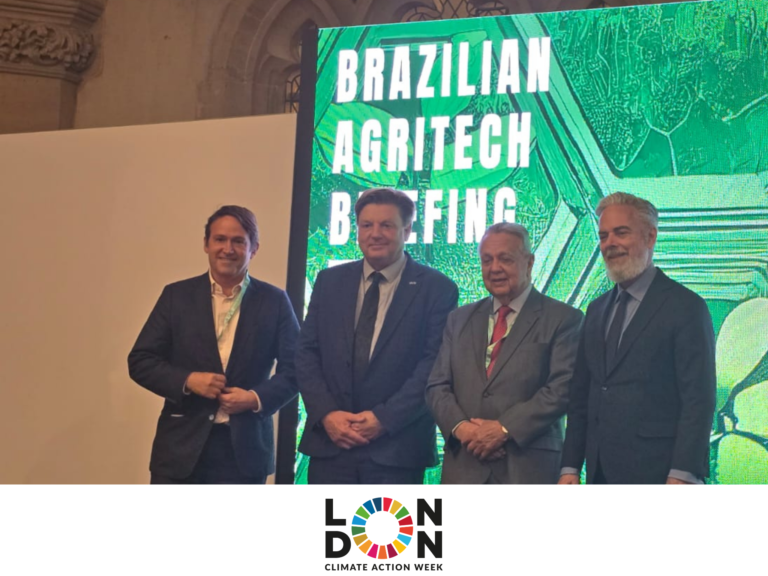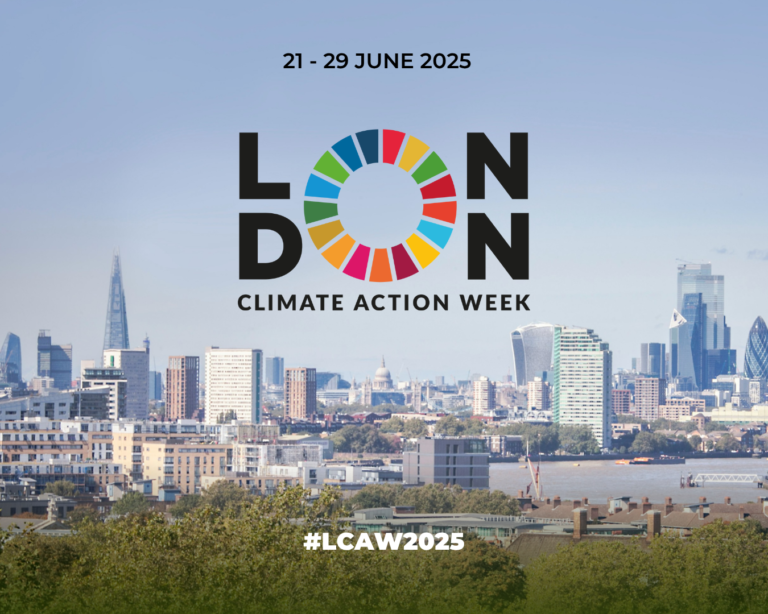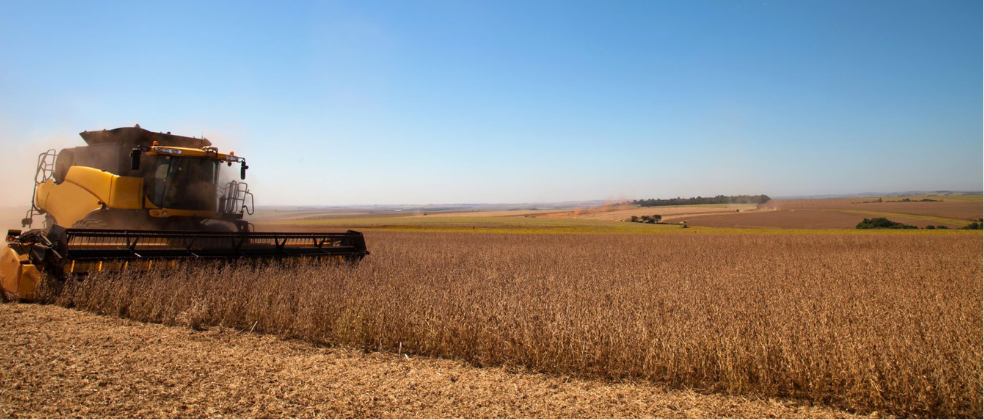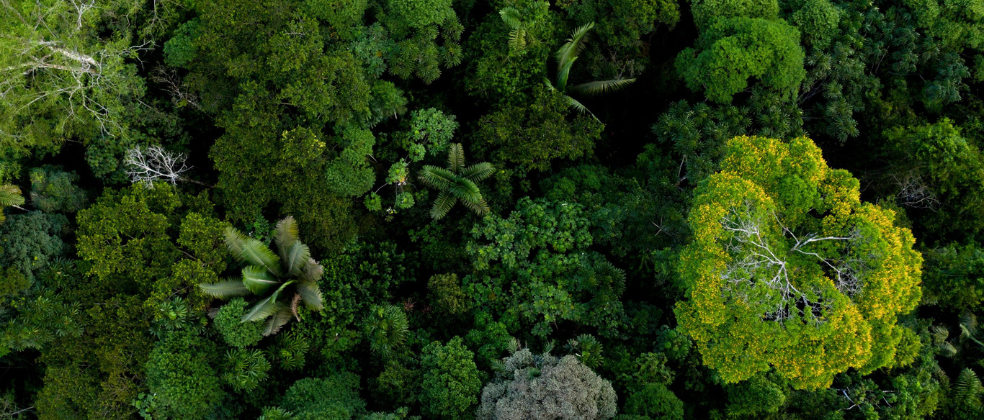We are pleased to report that the Responsible Commodities Facility (RCF) is being supported to expand by the SDG Impact Finance Initiative.
The award was made as a result of an open call for proposals by the SDG Impact Finance Initiative (SIFI) with support from Convergence. The aim of the Initiative is to fuel growth and scale by providing catalytic finance to impact funds that contribute to the UN Sustainable Development Goals (SDGs). RCF received the award since it has repeatedly demonstrated its potential to catalyse capital from the private sector. The awards were made to six other initiatives at the same time, which, ‘demonstrated potential to make a meaningful difference in driving progress towards SDG5 – Gender Equality, SDG14 – Life Below Water and/or SDG15 – Life on Land’.
“We are very excited to be working with the SDG Impact Finance Initiative to propel the RCF towards our goal of growing the fund to $1 billion by 2030. This scale would allow the RCF to play a substantive role in supporting verified Deforestation and Conversion free soy supply chains. Our current focus is on engaging with more impact investors from food manufacturing and food service sectors, in order to realise the existing commitments we have from our senior investors.” SIM’s Director of Investor Engagement, Steven Ripley.
“We are excited to support the Responsible Commodities Facility’s innovative approach to sustainable agriculture in Brazil’s Cerrado through our Innovation Window. This program allows for economic development to rhyme with nature conservation. The grant is set to help attract more investment and grow the fund by a factor of almost 10! We look forward to witnessing the substantial environmental and social impacts their innovative efforts will achieve, marking an important step towards sustainable development in the region. We are excited to see the transformative impact of this investment!” Guillaume Bonnel, CEO of the SDG Impact Finance Initiative.





